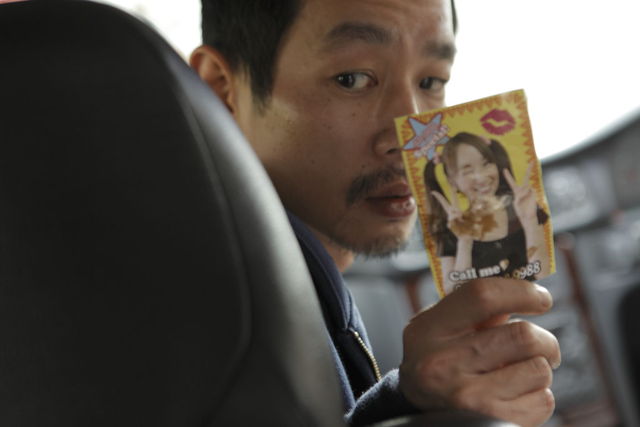Film Review: Iranian Filmmaker Abbas Kiarostami Goes To Japan For Minimalist Menage A Trois In Like Someone In Love
Minimalist Drama Finds Iranian Master Abbas Kiarostami Peeping On Tokyo Trio



Latest Article|September 3, 2020|Free
::Making Grown Men Cry Since 1992


